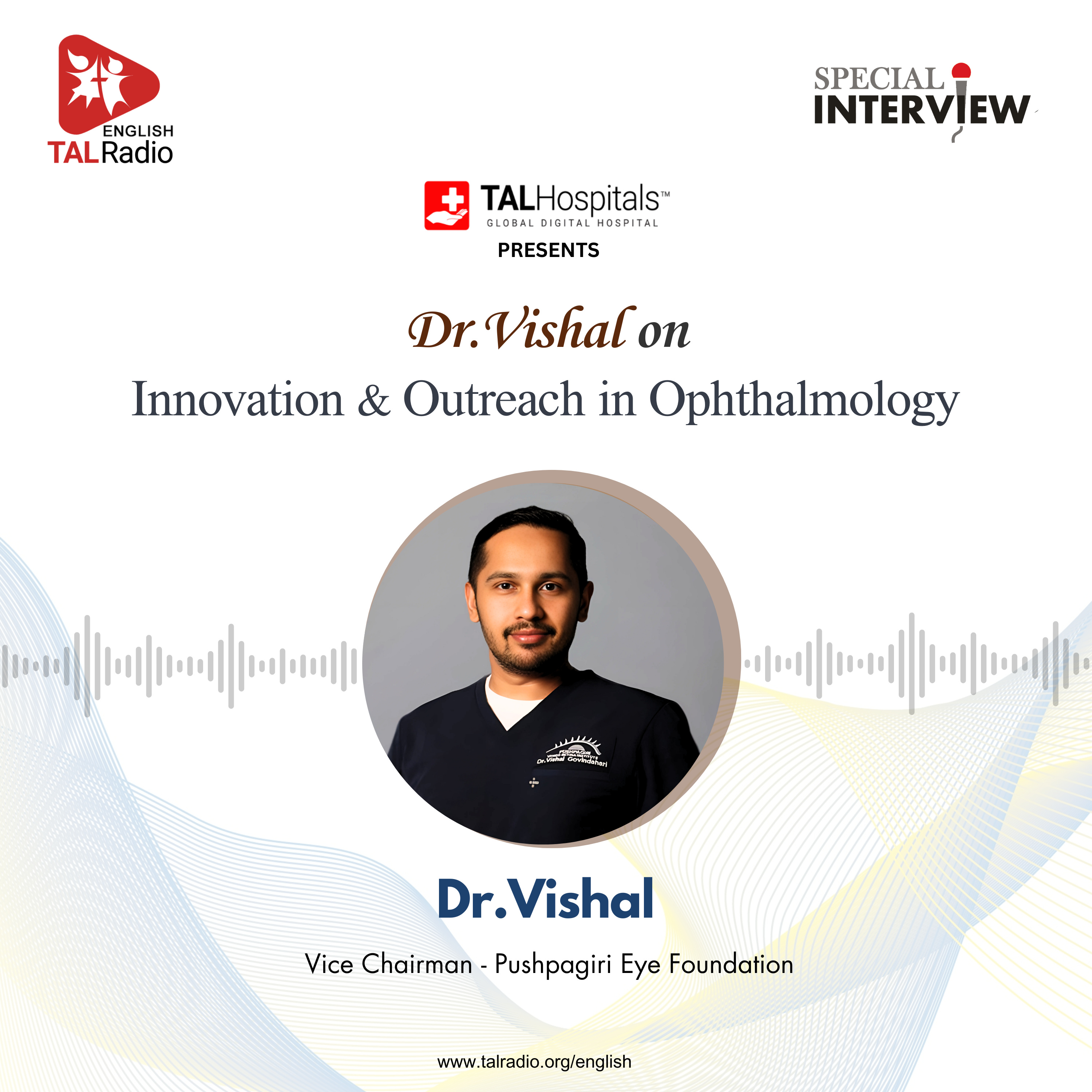Get 10 business ideas daily!
Get 10 business ideas daily! Join thousands of entrepreneurs who get 10 curated business ideas from podcasts delivered daily to their inbox.
Tele-Ophthalmology Consultation Service
Found an idea? We can build it for you.
We design and develop SaaS, AI, and mobile products — from concept to launch in weeks.
Inspired by a conversation on:
TALRadio
Dr.Vishal on Innovation & Outreach in Ophthalmology | Special Interview
Host: Anil
Timestamp: 00:11:24 - 00:12:47
Found an idea? We can build it for you.
We design and develop SaaS, AI, and mobile products — from concept to launch in weeks.
Direct Quote
"We also use tele-ophthalmology to reach people quickly in case they need an emergency consult."
Market Gap
Many individuals need timely eye consultations but face geographical barriers.
Summary
Categorization
Potential MRR (18-24 months)
* Estimates assume solo founder/bootstrap scenario with competent execution
Scores
Sign In to Access Deep Analysis
Create an account or sign in to request and view detailed business analysis.
Sign InHow should I validate this saas idea before building it?
2:34 PM
Great question! For a saas idea like this, I'd recommend starting with these validation steps:
- Customer interviews: Talk to Technical to understand their pain points
- MVP approach: Build a simple landing page to test demand
- Competitor analysis: Research existing solutions and identify gaps
Would you like me to help you create a specific validation plan for your high difficulty idea?
2:35 PM
Yes, and what about the technical implementation? Should I build this myself or hire a team?
2:36 PM
Based on your idea's complexity and 1-3 months, here's my recommendation:
Technical Strategy:
- Start with no-code tools for rapid prototyping
- Consider your technical background and available $1,000-$10,000
- Plan for scalability from day one
I can help you create a detailed technical roadmap and resource allocation plan...
2:37 PM
AI Business Coach
Get personalized guidance on implementation, validation, technical decisions, and go-to-market strategies for your business ideas.
Sign In to Access Implementation Roadmap
Create an account or sign in to get personalized implementation guidance.
Sign InSign In to Access Market Validation
Create an account or sign in to get comprehensive market analysis and validation strategies.
Sign InSign In to Access SEO Strategy
Create an account or sign in to get comprehensive SEO insights including seed keywords and content strategy.
Sign InSign In to Access Marketing Prompts
Create an account or sign in to generate ready-to-use marketing prompts for ads, landing pages, email campaigns, and more.
Sign InSimilar Ideas
Mobile Eye Care Outreach Platform
The Mobile Eye Care Outreach Platform would focus on providing eye care services directly to rural communities through mobile units equipped with diagnostic tools and healthcare professionals. These units would conduct screenings, provide education on eye health, and refer patients to hospitals for treatment when necessary. This model not only addresses the accessibility issue but also raises awareness about eye health in underserved populations. By utilizing tele-ophthalmology, the platform can connect patients with specialists for remote consultations, further enhancing the reach and effectiveness of eye care services.
